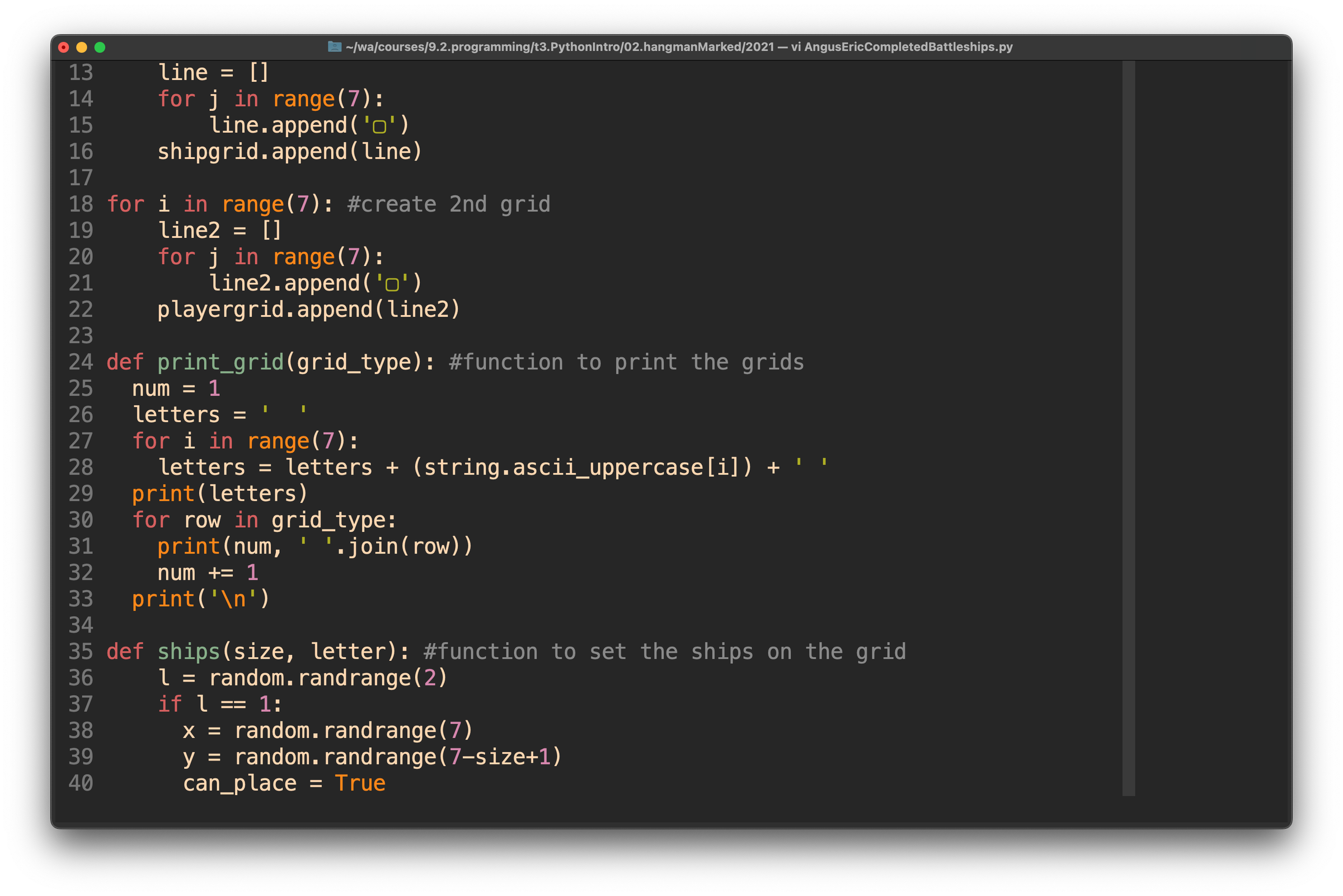Programming
TECHNOLOGY FACULTY

Programming
TECHNOLOGY FACULTY
| 🎓 Course Type | Elective |
|---|---|
| 🧩 Units | 1 - 2 |
| 🗓 Timing | Unit 1 in Year 9 or 10, Unit 2 in Year 9 or 10 |
| ⏱ Hours per week | 3 |
| 📚 Prior Experience | Appreciated but not required |
| ✏️ Selection | Possible to commence study with any of the above units |
| 🧭 Future Pathways | Computer Science TCE or IB and any future digital career |
This two-semester course caters to Year 9 and Year 10 students who seek programming experience and a foundational understanding of digital technology. It particularly targets students interested in comprehending digital systems and computer science. Following a design-make-appraise process, students will learn to design and create digital solutions using HTML, PHP, and Python. The course aims to cultivate a range of relevant skills through practical applications, preparing students for the field of technology.
Unit 1 serves as an introduction to computer programming concepts, focusing on the development of dynamic web pages using PHP. Students will delve into the history of the internet and the fundamental systems that underpin this ubiquitous technology. They will gain hands-on experience with programming concepts by producing various PHP programs integrated within HTML. Additionally, students will explore the basic principles of computing and networking systems. Through a combination of smaller programming tasks and larger-scale projects, students will refine their skills, designing and constructing dynamic online resources to effectively communicate their knowledge and ideas.
Unit 2 introduces students to formal programming constructs utilizing the Python programming language. Python is currently the most in-demand programming language globally, widely preferred at companies like Google, and highly sought after in the information technology industry. Students will harness the power and flexibility of Python to solve challenging problems, developing a practical understanding of concepts such as variables, conditionals, loops, functions, and parameters to implement complex input/output patterns. As a culmination of their learning, students will apply their skills to design and implement a standalone programming project.
For extension in this subject area, see also: